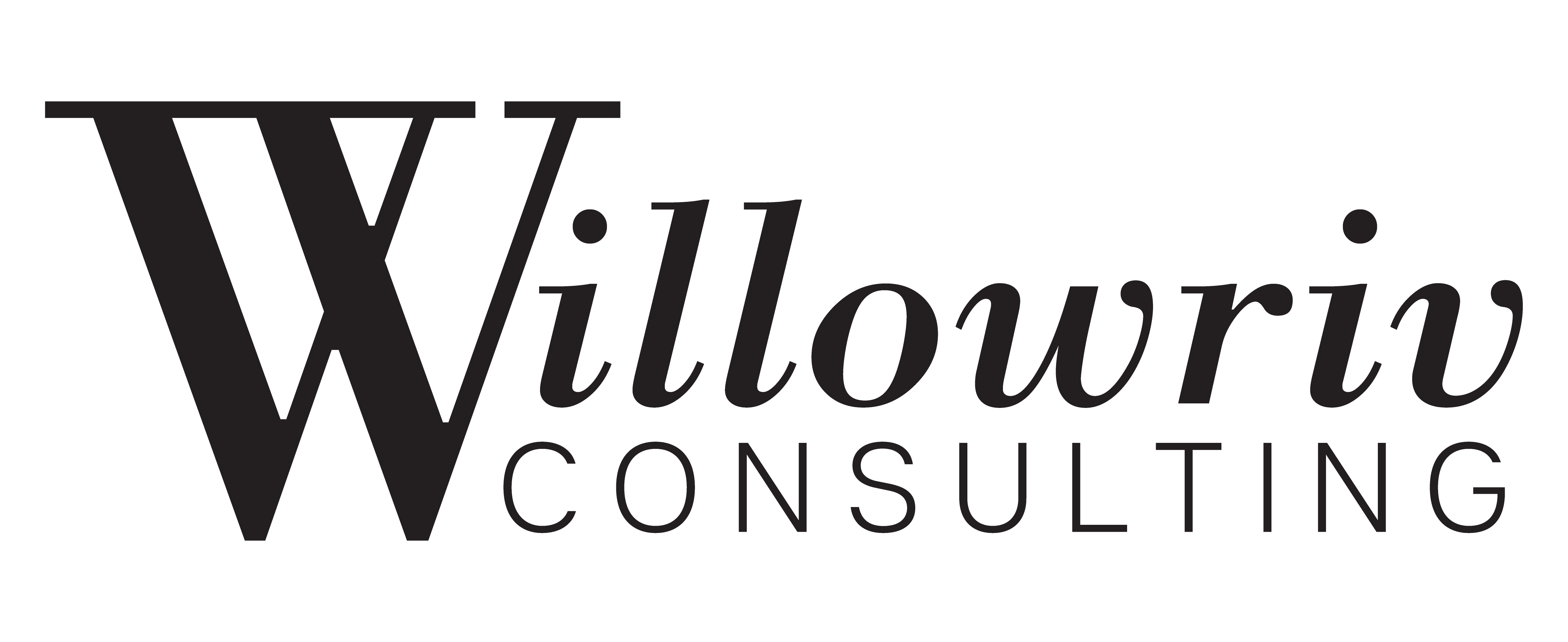Key Components of a Well-designed Plan
Plans shape and influence our lives. Governments at all levels have plans. So do businesses, schools and many other entities. They may be short term plans for things such as a graduation ceremony, temporary street closure, or a first-time homebuyer seminar. They may be midterm plans to establish budgeting priorities for the upcoming school year, design a neighborhood development or build a house. Or they may be long term plans, which determine transportation infrastructure spending, corporate research areas and set long term agriculture policy. Some entities plan 10, 20, maybe even 50 or 100 years into the future.
Do you know what plans may impact your child’s education, your business, your neighborhood, your access to plane travel, etc? Being aware of these plans can eliminate some surprises from your life.
Do you make plans for yourself or your family? The plans you design for yourself, your family or your business should always be set up in a structure and implementation schedule that works for you. However, whether you are planning an event, project, creating a strategic plan, marketing plan, comprehensive plan, etc., all good plans have certain things in common.
Clearly Visible Compelling Destination
A good plan is like a lighthouse. It provides a beacon when the world is pulling you in multiple directions, life knocks you off track, or life is so ambiguous you aren’t sure what steps to take. Your vision is the light atop the lighthouse. It should be clearly stated. Your vision must be large enough to inspire you and compelling enough to pull you towards it.
Inspirational and Rooted in Reality
Planning is a bit paradoxical. While planning is future oriented, you need to consider past and current conditions. They are your foundation and set the stage for where you are now. Is your foundation solid? Or do you need to fill in some gaps or do some repair work?
A plan may be simple or complex. Either way it must be easy to implement.
Antifragile
A good plan explores options and contingencies. It contains elements of planning and spontaneity. Why? None of us know what the future will really hold; but creating a plan helps you prepare for those unknowns.
To plan well, you must ask yourself: “What do I want my life to look like 5 years from now?” “What do I want it to look like 10 or 20 years from now?” Then fit your plan within that framework.
Once you’ve answered those questions, consider different scenarios. None of us know what the future will really bring; but asking “what if?” can help you refine your vision and help you anticipate potential roadblocks and difficulties. By considering potential circumstances or outside forces that may impact your desires, you are better prepared for what the future does bring…even the unexpected things.
Once you’ve chosen your vision. It’s time to develop the goals and action steps that you anticipate will help you achieve your vision. Start with the longer-term goals such as obtaining education, training or paying off debt for example. Then develop the short term, day in day out steps you need to take to get you where you want to go.
Measures Progress and Impact
You need to choose metrics as well. How else are you going to measure your progress towards your goal(s)? Don’t choose any metrics, choose the ones that give you real feedback on what is working and what is not.
Gets Implemented
A good plan doesn’t stop there. A plan is only as good as the implementation. A plan on the shelf is worthless. Put your plan to work. Make progress towards your goals. Evaluate and reflect on that progress regularly.
Celebrate your successes, no matter how small. Find joy in the journey.
Check regularly to see if your thoughts and actions are aligned with your vision and goals. Sometimes you will need to refine your vision and goals. You may need more clarity. The clearer you are on what your vision and goals are, and the better you understand your why, the more likely you are to succeed.
To be a successful planner, you not only need to plan and execute that plan, you also must be willing to adapt and change. Your thinking needs to be modified as you grow and as circumstances change. You may need to change your chosen action steps to accommodate changing conditions, unexpected consequences, and unexpected events outside of your control. You need to be willing to handle the detours, while keeping your eye on your destination.
The Company You Keep
You need to take others along with you on your journey. They can provide insight, perspective, encouragement, accountability, plus talents and resources you do not have. No one goes through this world alone. The people you take with you on your journey will have a large influence on how successfully you negotiate the challenges and roadblocks that appear as you work towards your goals. Choose wisely.
Want to learn more? Are you curious how a particular policy may impact your plans, your life, your business? Do you need more information or insight regarding past or current conditions? If so, please check out our Services page, subscribe to our newsletter or contact us for more information.
